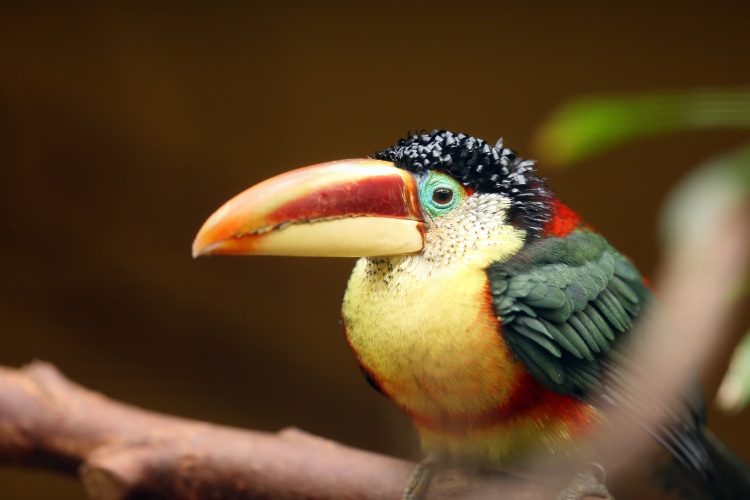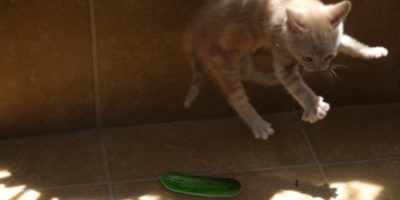10 of the Weirdest Birds You Never Knew Existed
Our planet is home to an incredible variety of birds. But very often, it is the weird and unusual ones that truly capture our imaginations. So, from birds that remind you of dinosaurs to ones that proudly sport plastic-like feathers on their heads, here are ten of the weirdest birds you never knew existed.
1 Curl-crested Araçari
Native to South America, the curl-crested araçari is perhaps one of the most beautiful birds in the world. It is a member of the toucan family and has a large and colorful bill characteristic of such birds. The bills also differ in size between the males and females of the species, with the latter possessing shorter ones. But what truly sets this species apart is the unique set of feathers on its head. These feathers, with their black, curly and glossy appearance, look just like tiny pieces of plastic gift-wrapping ribbons! (1,2)
2 The Strutting Sage-grouse
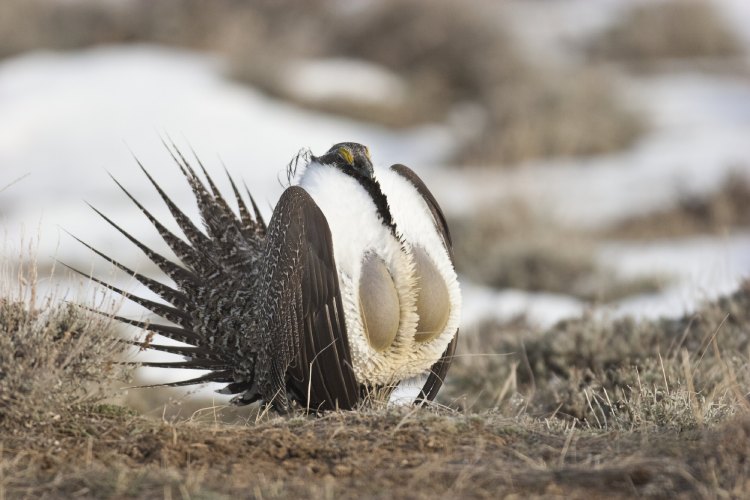
The greater sage-grouse calls the sagebrush country of western North America its home. The males of this species are often more recognizable, due to their remarkable “strutting display.” During springtime, the males gather on patches of open ground known as “leks” and put on an elaborate courtship show by fanning their tail feathers, puffing out the yellow air sacs on their chests and producing weird whistles and pops. The females then choose a suitable mate, with most of them copulating with the same one or just a few males. (1,2,3)
3 Shoebill Stork
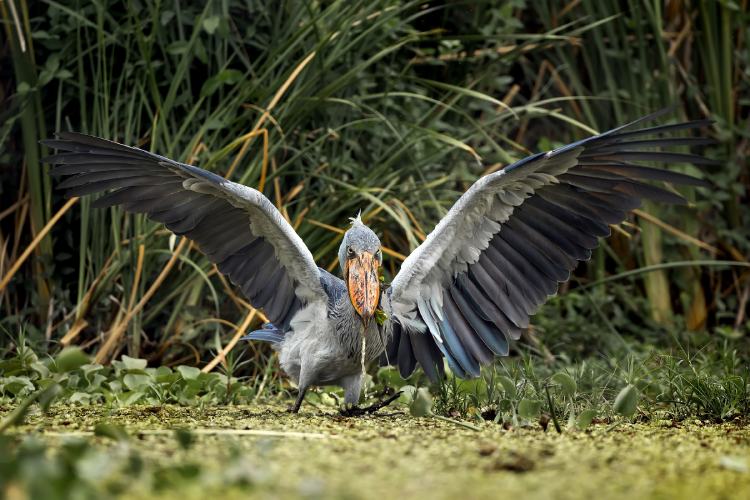
This living dinosaur may have been known to man since the time of the Ancient Egyptians. It is a skilled predator and uses its huge bill to prey on a wide range of animals, including baby crocodiles.
The shoebill stork is a generally quiet bird but can sometimes smack its upper and lower jaws together to create a noise that sounds a lot like a machine gun. Despite these terrifying traits, it is often noted for its non-threatening behavior with humans and is even described as “statue-like.†In the wild, the shoebill stork can live up to 35 years on average and measure up to five feet in height.(1, 2, 3)
4 Bearded Vultures
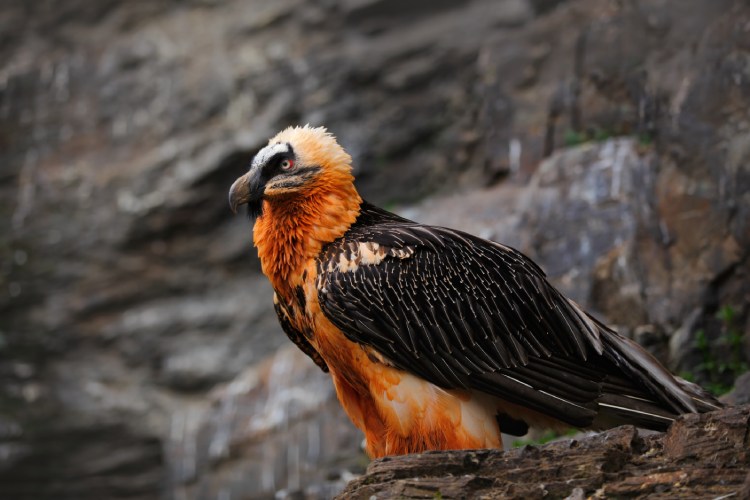
Ever seen a bird that wears makeup? Known as cosmetic coloration, this phenomenon is unusual in birds. But the bearded vulture often sports orange- or rust-colored feathers, where the colors seem to result from the bird bathing in iron-rich substrates.
The bearded vulture also has a unique diet that is made up mostly of bones. It is so specialized in this diet that it can swallow whole bones as big as a lamb’s thigh or bite through brittle ones. If the bone is too large for it to swallow, it will simply drop it from a height, sometimes repeatedly, to crack it open and expose the delicious marrow inside. (1, 2)
5 Hoatzin
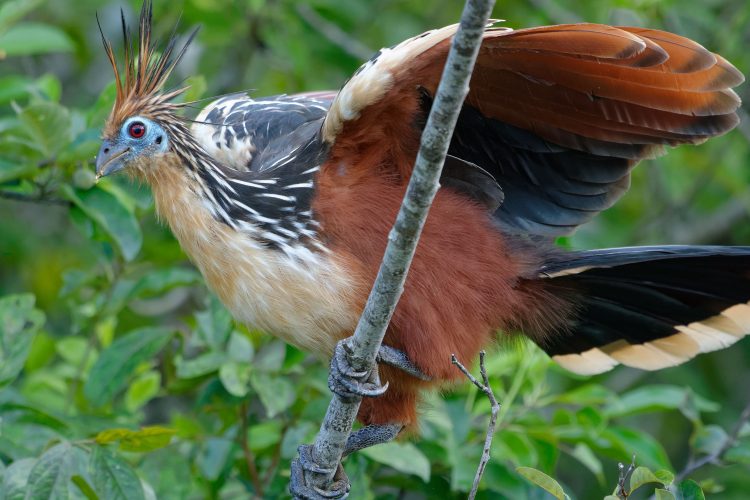
The only member of its genus, the hoatzin is a truly unusual bird. It is often compared to the ancient Archaeopteryx because its younglings have two claws on each wing that they use to scramble about. According to a 2015 genetic study, the hoatzin comes from a line of birds that branched off by itself 64 million years ago, shortly after non-avian dinosaurs became extinct.
It also has a peculiar digestive system where, much like cattle, it uses bacterial fermentation in the front part of its gut to break down plant matter. Unsurprisingly, this has earned it the name “stinkbird†due to the odor of fermented food in its gut. (1, 2)
6 Harpy Eagle
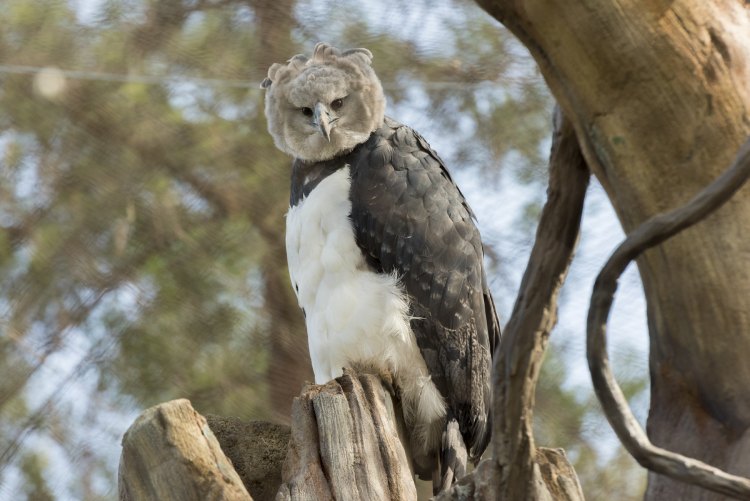
If you’re a fan of majestic-looking birds, you’re bound to love the harpy eagle. This bird is the largest and most powerful raptor found within its range, with a total length of up to three feet. It also has legs as thick as a child’s arm and talons larger than a grizzly bear’s, measuring about five inches long. Using these formidable claws, the bird can snatch up monkeys and sloths weighing up to 17 pounds! Sadly, the harpy eagle’s large size and near fearlessness of humans has made it a desirable target for hunters. (1, 2, 3)
7 Southern Cassowary
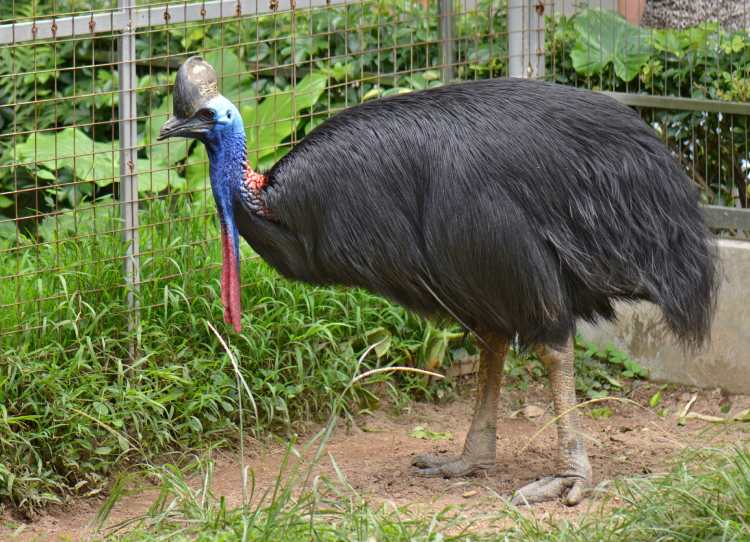
With its thick feet and dagger-like claws, the southern cassowary is one of the most dangerous birds on earth. It is tied as the third-heaviest bird on the planet and has a reputation for being aggressive towards humans. But fortunately, only two fatal human encounters have been reported since 1900.
In addition to its intimidating appearance and behavior, the southern cassowary also lays eggs that are a bright pea-green, although this color fades with age. More importantly, given how this dinosaur-like bird can deliver some strong kicks with its claws, it is not a species to be messed with. (1)
8 Marabou Stork
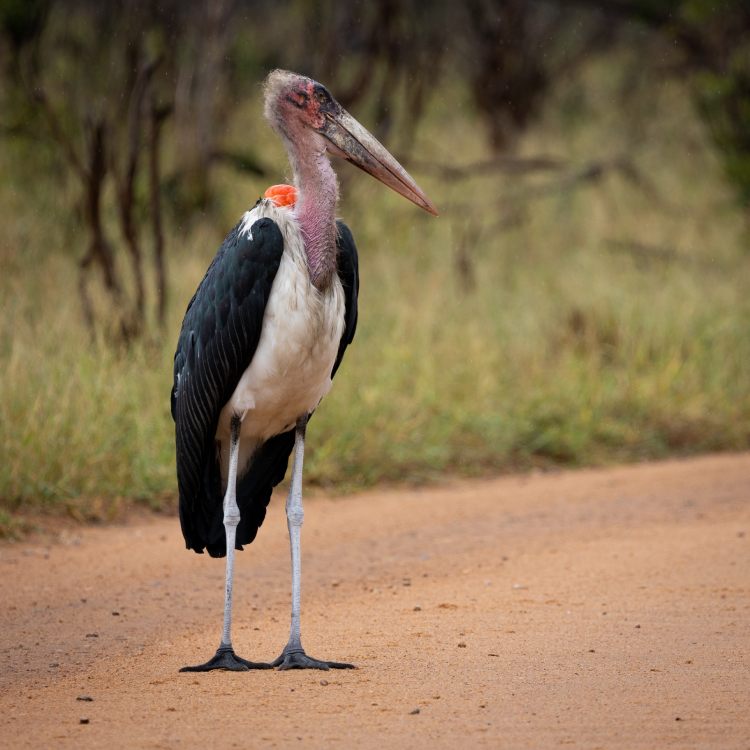
The marabou stork, also known as the “undertaker bird,” is a native of sub-Saharan Africa. It is a frequent scavenger, and its bald head is believed to be an adaptation that makes it easier to clean off blood and other debris from carrion. Interestingly, these birds are reportedly attracted to grass fires, often following an advancing fire to capture fleeing prey. The marabou stork also has a distinctive pink gular sac at its throat, which relates to its scientific name, Leptoptilos crumenifer, where “crumenifer” means “carrier of a pouch for money.” During mating season, this sac is inflated and used in courtship displays. (1, 2, 3)
9 Vulturine Guineafowl
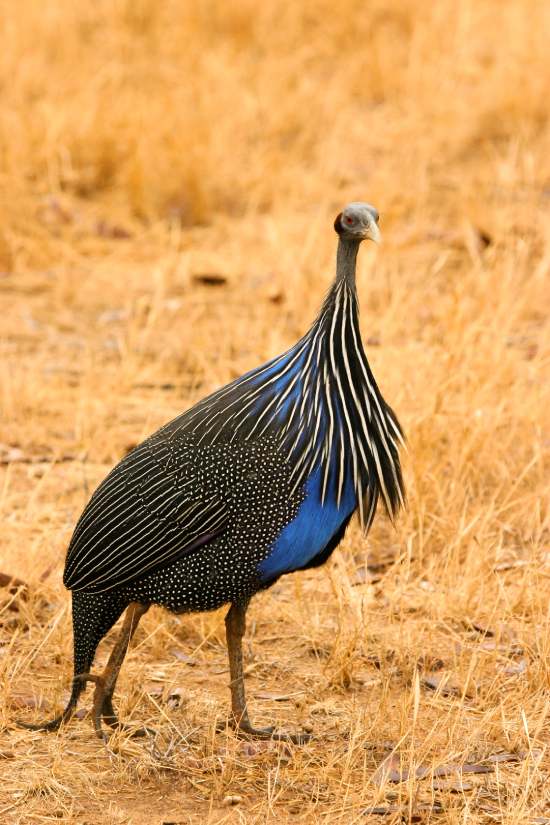
The vulturine guineafowl is the largest extant species of guineafowls. It can measure up to 71 centimeters or 28 inches and has a round body with a small head. Interestingly, despite being a small-brained animal, this cobalt blue bird has been noted for its unusual social behavior. According to a study published in 2019, the vulturine guineafowl lives in large sexually mixed groups and rarely shows intergroup aggression. The membership in these groups also does not change over time, suggesting that this bird can differentiate between outsiders and members of its own group. (1, 2, 3)
10 Black Heron
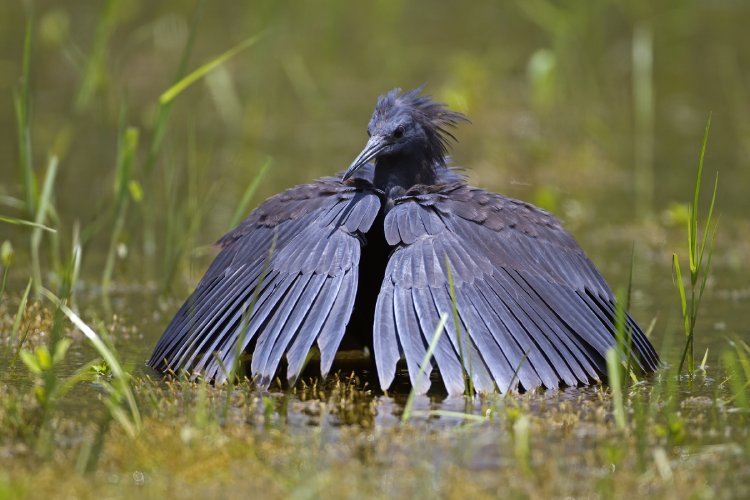
A native of Madagascar and sub-Saharan Africa, the black heron is known for its rather unique fishing style called “canopy feeding.†When hunting for fishes, it forms an umbrella with its wings and creates a shade over the water. This shade attracts fish towards the bird, allowing it to feed. Many black herons feed alone, but some have been seen in groups of up to 200 birds, which may offer advantages such as improved foraging efficiency and protection from predators. (1)














